Loading a flatbed trailer efficiently and safely is an essential skill for manufacturers and transporters alike. Understanding the intricacies involved in flatbed loading can significantly affect transportation costs, load safety, and delivery timelines. In this article, we will delve into a detailed examination of the methods and best practices for loading flatbed trailers, offering a structured approach to ensure optimal outcomes.
Understanding Flatbed Trailers
What is a Flatbed Trailer?
A flatbed trailer is a type of towed vehicle with a flat design and no sides or roof, allowing for versatile loading options. Ideal for transporting large, heavy, and unusual cargo that cannot fit in standard enclosed trailers, flatbeds maintain a strong presence in industries such as construction, automotive, and manufacturing.
| Flatbed Trailer Features | Description |
|---|---|
| Structure | Flat deck with no walls or roof |
| Loading options | Side-loading, rear-loading, and top-loading |
| Cargo types | Heavy machinery, construction materials, vehicles |
| Customization | Equipped with chains, straps, and outriggers |

Importance of Proper Loading Techniques
Proper loading techniques can prevent accidents, reduce the risk of cargo shifting during transport, and ensure compliance with various transportation regulations. Neglecting these principles can lead to significant losses both financially and in terms of reputation.
Preparing for the Load
1. Assessing the Cargo
Before loading, evaluate the type of cargo to be transported. The assessment should include:
- Weight and dimensions: Calculate the total weight and the physical dimensions of each item to ensure it can fit on the trailer.
- Type of materials: Identify materials; fragile or hazardous items may require special handling.
- Center of gravity: Understand the center of gravity for each item—higher centers may be prone to tipping.

2. Selecting the Right Equipment
Using the right equipment enhances safety and efficiency:
- Loading Equipment: Utilize cranes, forklifts, or pallet jacks tailored to the weight and size of the cargo.
- Securing Equipment: Ensure chains, straps, and other securing tools are rated for the cargo weight and condition.
3. Checking the Flatbed Trailer
Inspect the trailer before loading:
- Structure: Check for any damage, bends, or rust that could compromise the integrity of the trailer during loading and transport.
- Tie-down points: Confirm that all tie-down points are functional and secured.
The Actual Loading Process
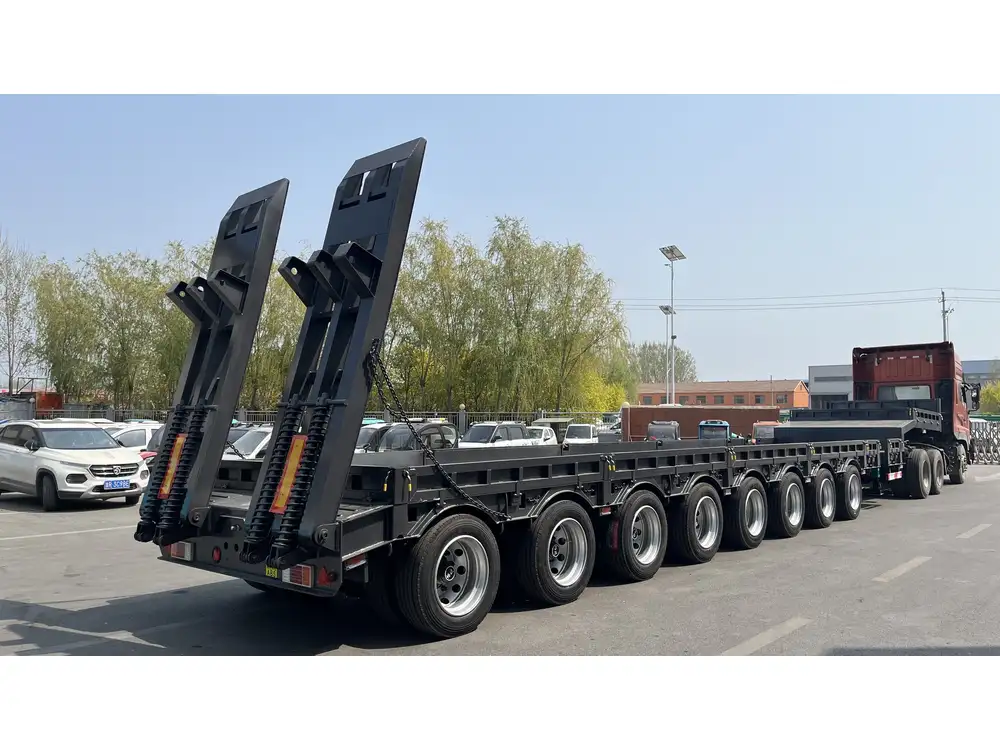
1. Loading Techniques
Several methods exist for loading cargo onto a flatbed trailer. The choice primarily depends on the cargo type and dimensions:
a. Side Loading
Ideal for long, narrow loads. It requires the use of specialized loading equipment and is typically used for pipes and lumber.
Steps for Side Loading:
- Position the trailer beside the loading area.
- Employ a forklifts or crane to lift and maneuver cargo onto the trailer.
- Ensure the load is balanced before fully securing it.
b. Rear Loading
Most common and straightforward method suitable for many types of loads.
Steps for Rear Loading:
- Align the trailer with the unloading point.
- Use a forklift or loading ramp for heavy items.
- Position the cargo towards the front of the trailer to maintain stability.
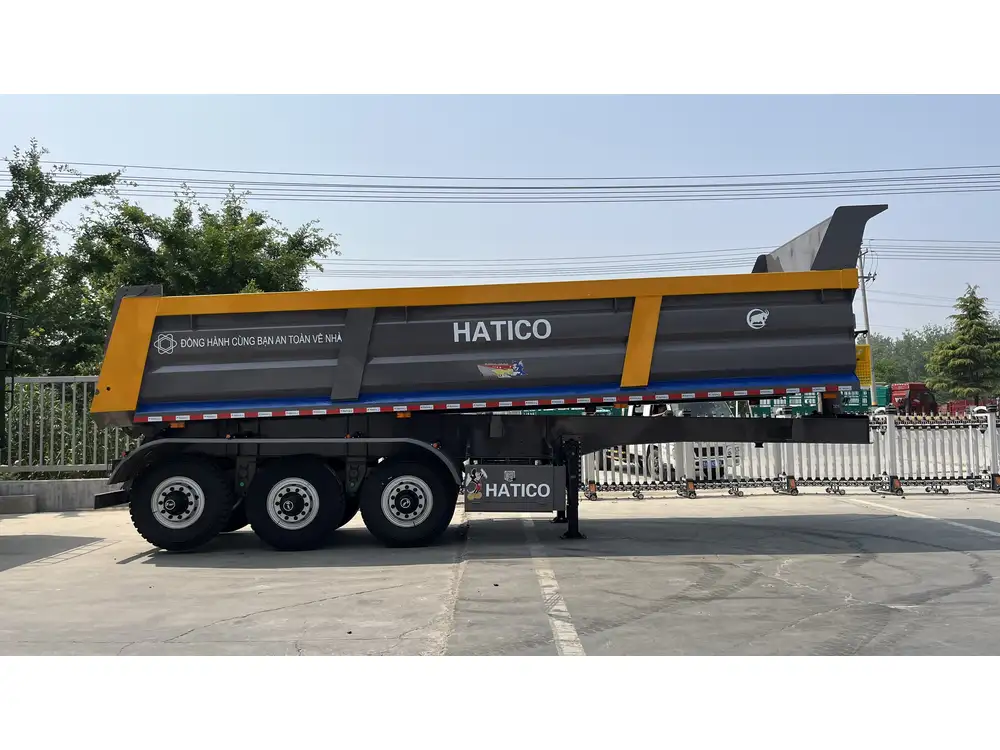
c. Top Loading
Used for oversized items that cannot be easily positioned on the trailer.
Steps for Top Loading:
- Ensure adequate clearance above the trailer.
- Use overhead cranes or hoists to lift the cargo onto the trailer.
- Balance the load evenly before securing it.
2. Securing the Load
Securing the load is a critical phase that impacts safety during transport. Use the following methods to secure cargo effectively:
a. Strap and Ratchet Systems
- Use heavy-duty ratchet straps rated for the cargo weight.
- Secure straps tightly across the load to prevent any movement.
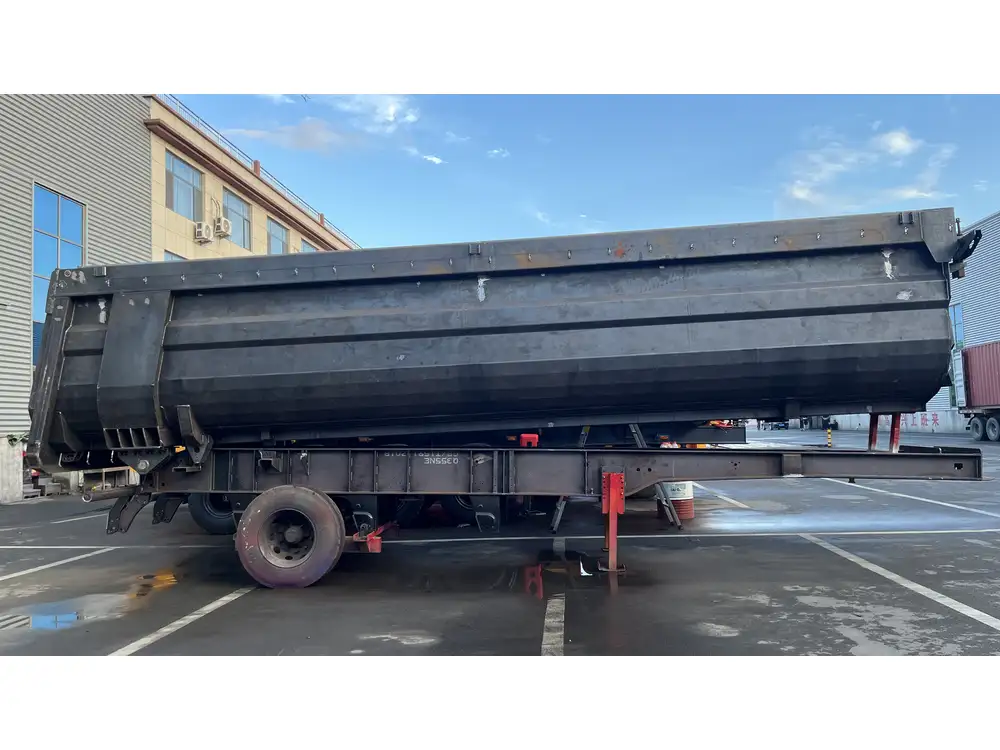
b. Chains and Binders
- Utilize chains for heavy machinery or vehicles.
- Ensure that binders are tightly secured and properly looped through the tie-down points.
c. Wood Blocking and Bracing
- For awkwardly shaped items, use wooden blocks to secure them in place.
- Bracing ensures that no motion occurs during transport.
| Securing Method | Advantages | Best For |
|---|---|---|
| Ratchet Straps | Easy to use, adjustable tension | General cargo |
| Chains | High strength, durable | Heavy or valuable machinery |
| Wood Blocking | Creates a stable base | Irregularly shaped items |
Final Checks Before Departure

1. Verify Load Security
Conduct a thorough inspection of the secured cargo:
- Perform a physical shake test to ensure that nothing shifts.
- Check all securing straps, chains, and blocks for tightness.
2. Assess Trailer Condition
Re-check the trailer for any signs of wear or damage after loading:
- Inspect the wheels, brakes, and lights.
- Ensure that all tie-down points are still intact.
3. Obtain Necessary Documentation
Before leaving, ensure that all paperwork is completed:
- Bill of lading, invoices, and other necessary transport documents should be prepared.
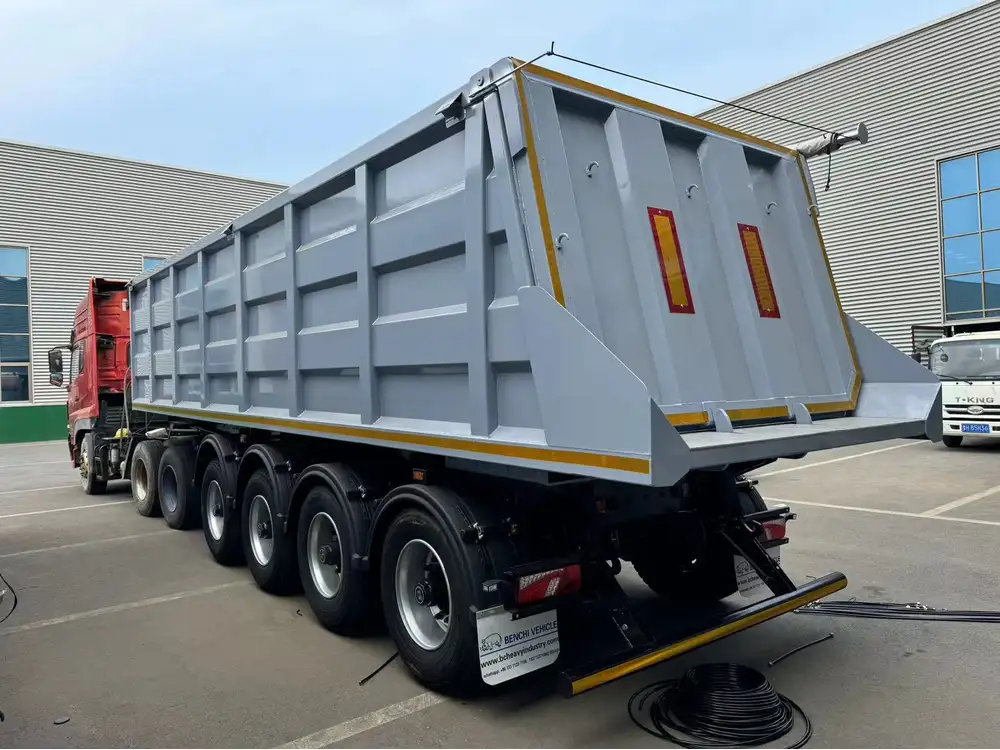
4. Plan the Route
Determine the optimal route for transportation, accounting for:
- Weather conditions and time of day.
- Clearance heights for bridges or overpasses along the route.
Addressing Common Challenges in Flatbed Loading
1. Overloading Concerns
Transporting cargo beyond the trailer’s weight limits can lead to fines and accidents. It is crucial to calculate the total weight and utilize weight distribution techniques:
- Weight Distribution: Load heavier items first, ensuring a spread across the trailer.
- Regulatory Compliance: Know the local laws regarding loading limits for highways to avoid penalties.
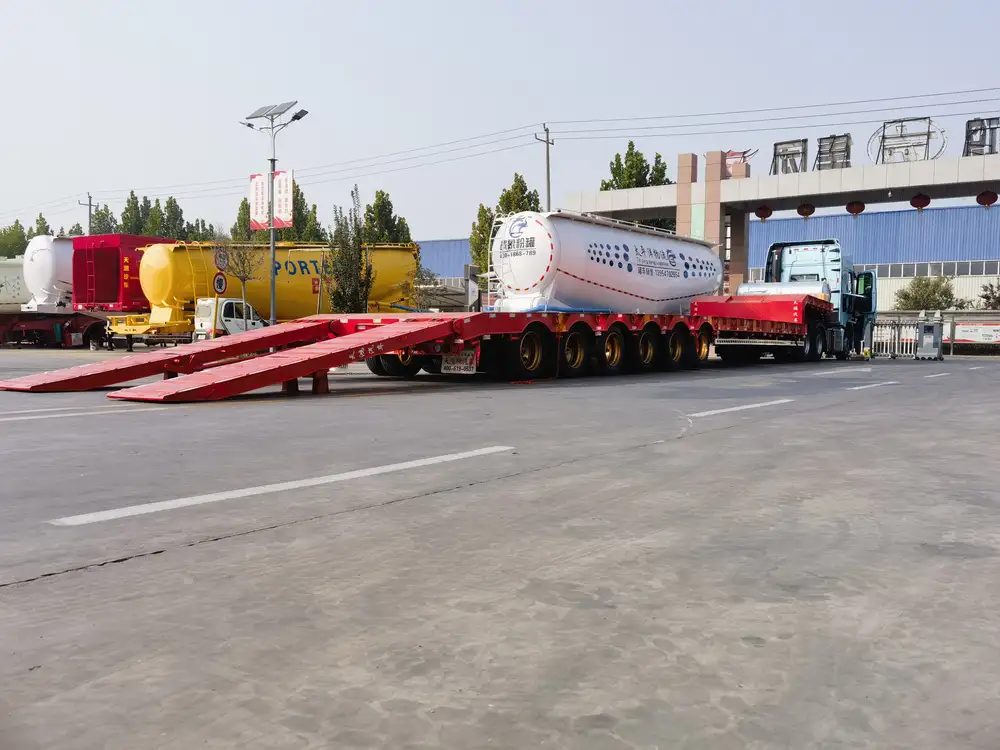
2. Shifted Cargo During Transport
Preventing cargo from shifting involves planning:
- Strategic placement: Distribute weight evenly across the trailer.
- Securing systems: Opt for multiple securing methods that complement each other.
3. Weather Conditions
Bad weather can drastically affect the safety of cargo:
- Use tarps: For loads susceptible to weather damage, tarp them securely.
- Adjust Speed and Driving Style: In bad weather, reduce speed and maintain longer distances from other vehicles.
4. Mechanical Failures
Always prepare for unforeseen mechanical issues during transport:
- Carry basic repair tools and spare parts for quick fixes.
- Plan for potential roadside assistance in the event of serious failures.
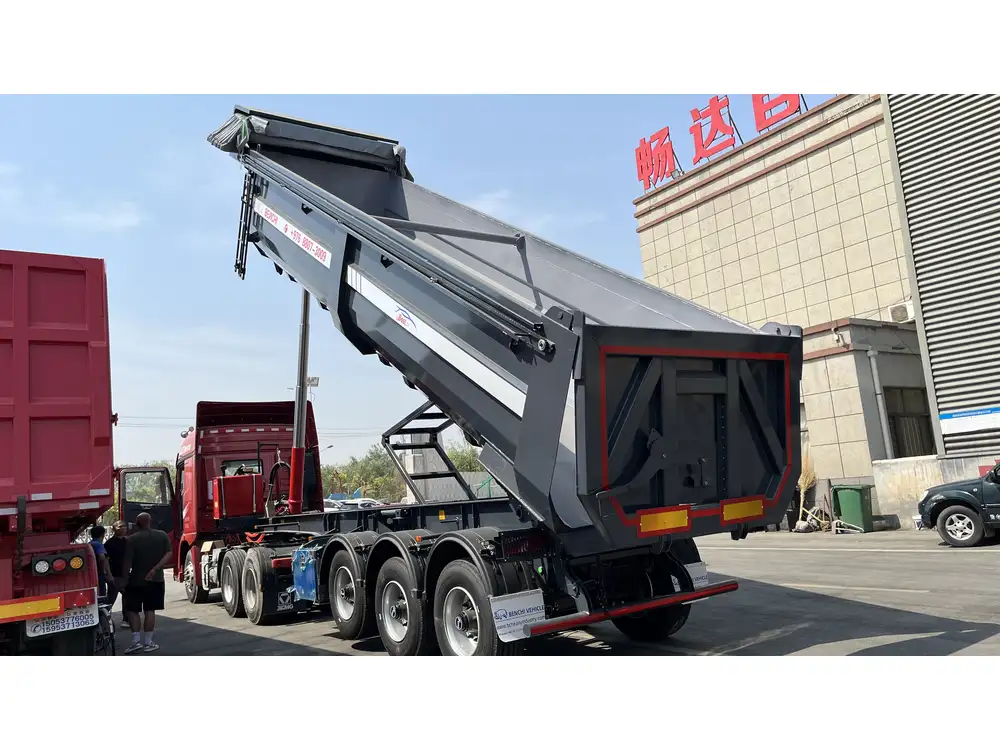
Conclusion
Loading a flatbed trailer successfully requires diligence, preparation, and adherence to best practices. By understanding the nuances of cargo assessment, employing suitable loading techniques, securing the load correctly, and preparing adequately, you can ensure a smooth transportation process. The right methods not only enhance safety and efficiency but also instill confidence in your operational capabilities within the logistics and transportation sectors. Always prioritize safety with every load, and consider continuous learning as new techniques and equipment emerge in the industry.
Call to Action: For further information, please don’t hesitate to reach out to our expert team or explore our extensive range of semi-trailers designed to meet diverse transport needs. Our commitment to quality and safety ensures that your journey begins with top-notch equipment and ends with satisfaction.



